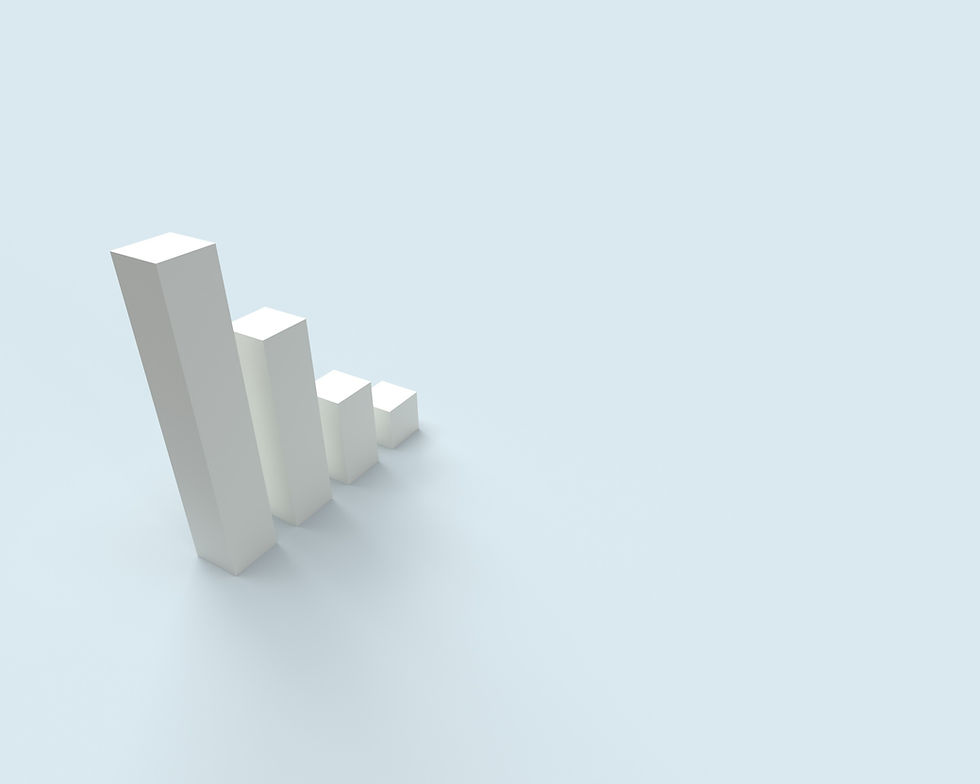Are you using data to prove or improve?
- Abigail Karlin-Resnick
- Sep 19, 2023
- 3 min read
Several years ago, I attended a panel discussion facilitated by the Silicon Valley Social Venture Fund. On this panel was an Executive Director working in housing services in San Francisco who asked the nonprofit organizations in the audience something like “do you use your data to prove or improve?” That simple but profound phrase has stuck with me ever since.

Many organizations use data primarily as a tool to “prove” the value and worth of their programs to donors and foundations. There’s nothing wrong with doing this. While it can create challenging power dynamics between donors and organizations by making organizations justify a donor’s investment, it can also be an important aspect of the relationship between donors and organizations - we’re grateful for your financial investment and here’s how we used your investment to achieve our mission (data points A, B, and C). But proving an organization’s worth is only one way to use data. Ideally, social impact organizations are also using data to improve their work, to more effectively deliver on their mission.
One way to use data to improve is by using a “dashboard.” If you drive a car, the dashboard tells you a few key pieces of information about your vehicle - amount of gas or electric charge, engine temperature, outside temperature, speed, tire pressure, maintenance warning, etc. An organizational or team dashboard does the same thing. It answers the question “what are the top things we want to know about how our organization is functioning to assess whether we are on our chosen path?”
The development of a dashboard is an important element of using the dashboard itself. The development process should be a collective effort across your team to determine which data points are going to yield the most valuable information to answer that question. Here are some guidelines that I’ve found helpful in building dashboards across a variety of teams:
Pick performance measures that are relatively easy to pull (e.g., if it takes half an hour to run a report and then massage the data to get a number, that's not a good option for this tool). If it takes too much time, team members will feel like it’s just adding work without any benefit.
The measures should be organizational, not individual. One person may have primary responsibility for a particular performance measure, but they are still organizational goals.
The team sets and gains consensus on the dashboard targets together. The idea is to pick targets that can be stretches, but still achievable.
This is a tool for collective learning, so no one gets in trouble for the pace of progress towards dashboard targets. If we're not achieving a particular target at the pace we would like then that's an opportunity for conversation about how we can influence that progress towards that goal. Then we have to check back in once we've taken those actions to assess the impact.
If we are making better-than-expected progress towards a target, we should celebrate and then assess whether we can stretch that goal even farther.
Using a dashboard is less about the actual numbers and more about the conversations, actions, and learning it generates. I have found that developing and using a dashboard with teams I have led opens up amazing conversations about our organizational strategy, how we think about goal-setting, what we should be measuring and collecting, and how our collective actions impact our goals. It’s also been a tool for professional development when staff members get curious about aspects of the organization that they aren’t involved in (for example, program staff wanting to learn about how fundraising goals are set) and an opportunity for cross-pollination.
So, are you using data in your organization to prove or improve? Maybe by implementing your own dashboard, you can balance them both.
Dedicated to all of my team members who made fun of my commitment of dashboards but secretly loved those dashboards just as much as I did.

Comments